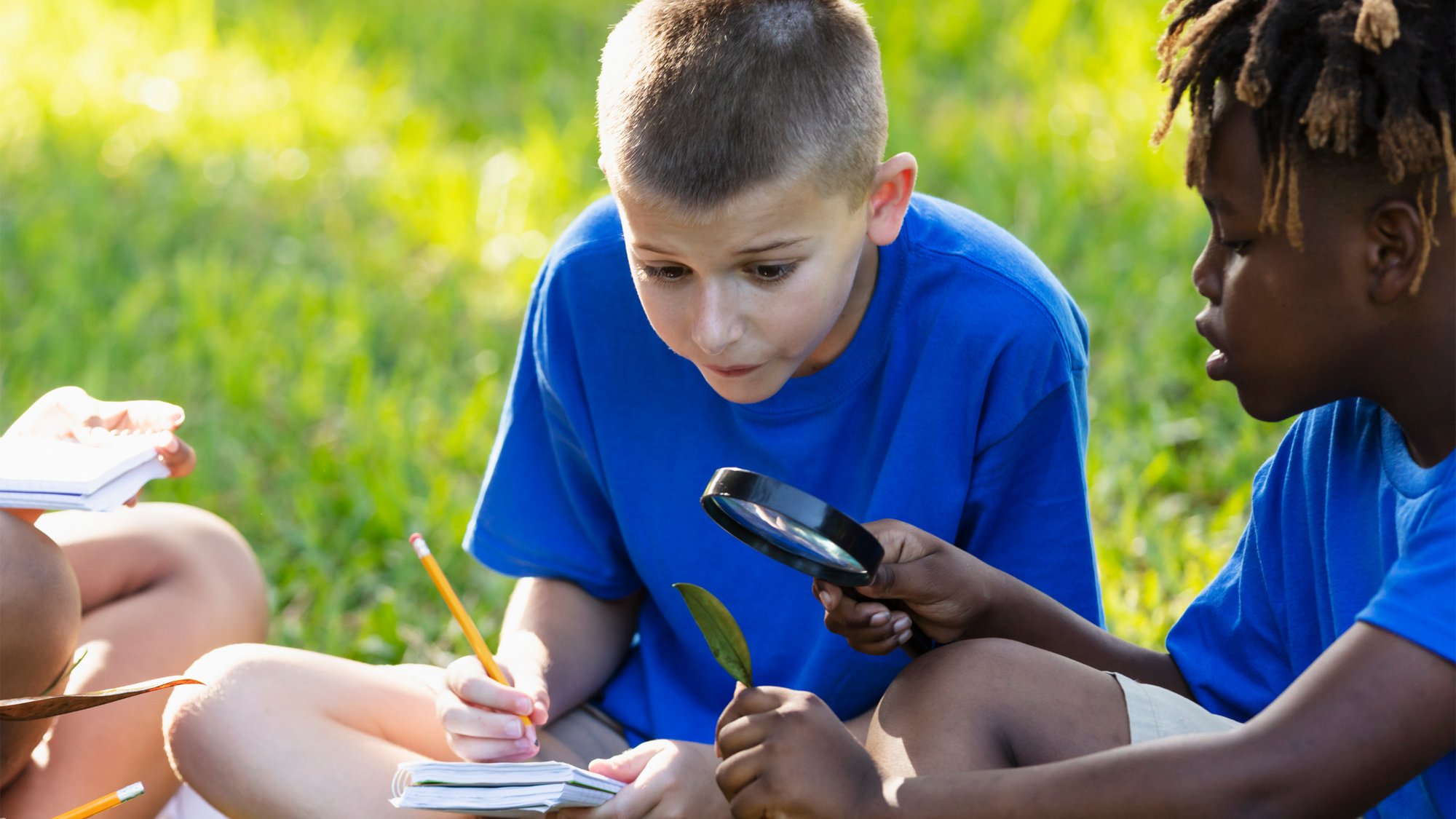Boosting Engagement by Taking Math Outdoors. Looking for a way to motivate elementary math students? Take it outside: Moving math instruction outdoors can recharge both teachers and students with strategies for capitalizing on using outdoor spaces to design engaging math instruction.

Read all about it HERE
- Master Arithmetic with Tools at Home https://PracticalMathHelp.com
- Dyscalculia news and podcasts http://DyscalculiaHeadlines.com
- Dyscalculia for Dyslexia tutors transition training https://dys4dys.org
- Dyscalculia Services https://DyscalculiaServices.com
- Dyscalculia Awareness Training https://DyscalculiaAware.org
- Help you child with math homework https://MomsTeachMath.com
- Math and Dyscalculia Screening test https://DyscalculiaTesting.com
- Dyscalculia Screener https://DyscalculiaScreener.org
- Adult Dyscalculia https://AdultDyscalculia.org
- Become a Dyscalculia Tutor http://DyscalculiaTutorTraining.org
- Ask a question at https://Dyscalculia.ai


